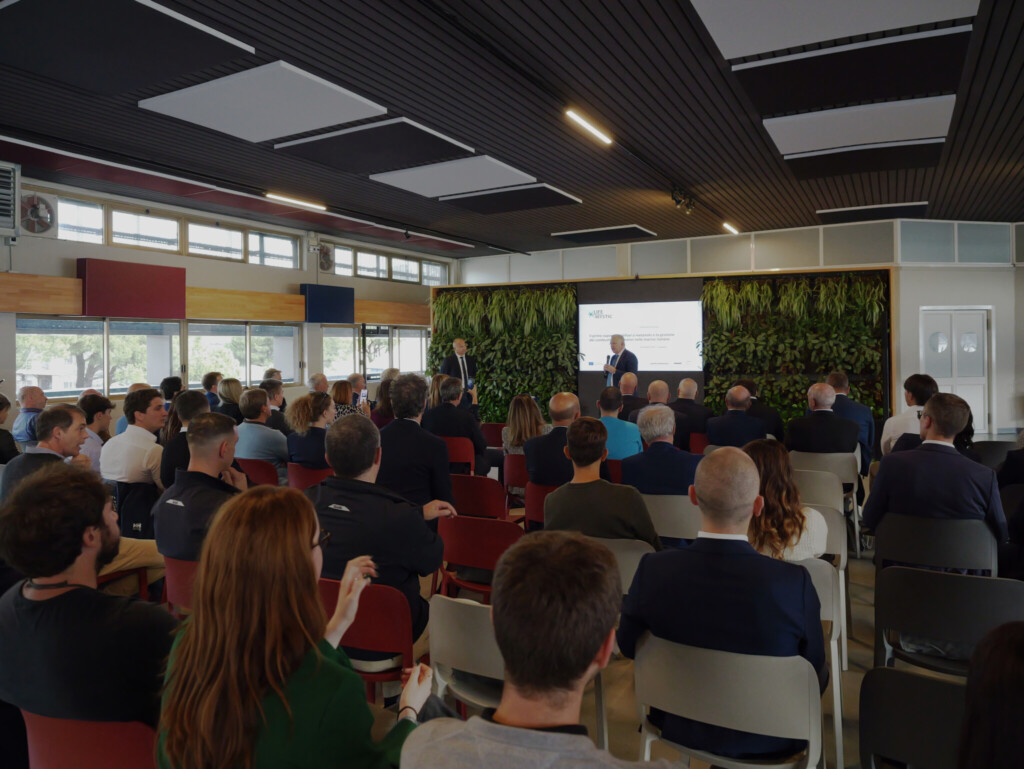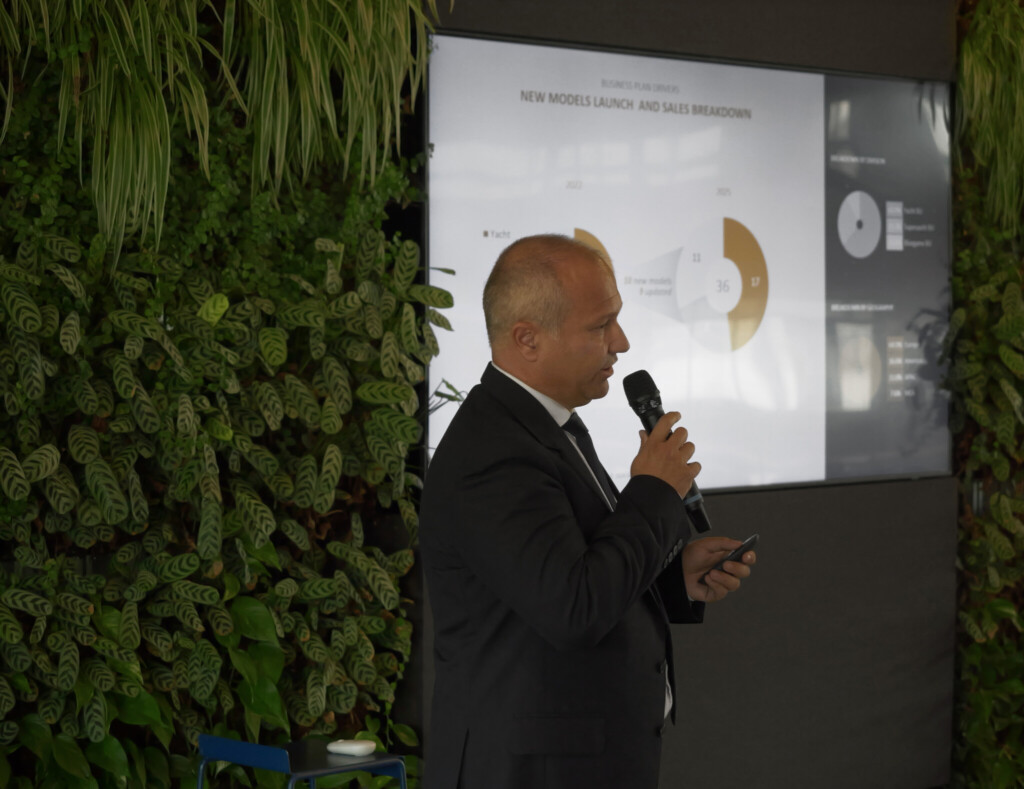Sanlorenzo has unveiled the LIFE MYSTIC (Methanol for Yachting Sustainable energy Transition applied to Internal Combustion engines) project in collaboration with Nanni Industries and Ranieri Tonissi. The rationale of this project is to produce the first green methanol bi-fuel superyacht by 2027.
Coordinated by Sanlorenzo, with an official kick-off of 1 June, the project will last 54 months and involve a total investment of over €4.8 million, 60% of which will be covered by European funds obtained under the ‘Circular Economy and Quality of Life’ funding line of the LIFE programme.
The aim of the LIFE MYSTIC project is to test engines and generators for superyachts powered by a combination of diesel and methanol, and significant results are expected in terms of reduced environmental impact:
– reduction in greenhouse gas emissions: 150 t/y CO2eq
– reduction in fossil primary energy consumption: 700 MWh/y
– reduction in air quality contamination: 630 kg/y

Under the guidance of Sanlorenzo, LIFE MYSTIC plans to house two high speed 4-stroke MAN diesel engines on board a superyacht – in collaboration with Ranieri Tonissi as a development partner – along with two 4-stroke diesel generators – made by Nanni Industries – adapted to operate in bi-fuel green methanol – diesel.
The production of bi-fuel adaptation kits involves a very careful engineering process to ensure efficiency and reliability in the combustion of two different types of fuel in a single engine, having to guarantee a safe switch from diesel-only at any time and making these engines the ideal solution for a transitional market.
The boat’s design will be adapted by Sanlorenzo, which will convert two traditional diesel fuel tanks into additional methanol tanks and will integrate the distribution system with the required lines and equipment, completing the conversion to bi-fuel of the entire boat.
There will be two main challenges in the realisation of this project. The first is the design of the structural methanol tanks with the realisation of the related plant engineering, a solution that will be complex both in terms of integration in the relatively small space of a yacht, and in terms of fuel management, which requires special attention and must meet the stringent safety regulations in force.
The second is the conversion of endothermic engines to bi-fuel, starting from existing engines, which is a particularly challenging innovation that will be done for the first time on a diesel engine of this size.
The decision to use methanol to power bi-fuel engines in order to reduce environmental impact stems from the fact that this fuel is one of the most promising alternatives for the future of maritime transport. It is liquid at ambient temperatures and is already available in more than 100 ports globally. Moreover, when generated from
renewable energy resources, it becomes a zero-emission fuel, as required by the net-zero strategy.
The accessibility of green methanol is a crucial point for the success of the LIFE MYSTIC project: the availability of renewable methanol is therefore required by the project itself to concretely demonstrate that this solution allows significant reductions in CO2 and other pollutants.

The LIFE MYSTIC project represents an important step forward in the sustainability of the yachting sector, and will bring benefits to the entire marine industry, both in terms of technological development and strengthening the alternative fuel supply chain.
LIFE MYSTIC is part of Sanloremzo’s ‘Road to 2030’ plan with which the shipyard aims to be a pioneer in environmental sustainability, making it a strategic lever for business growth. This initiative represents a fundamental step in that journey that recently saw the launch of the 50Steel, the first superyacht in the world to use the Reformer Fuel Cell green methanol system to generate electricity, and which aims to launch the first carbon neutral vessel by 2030.